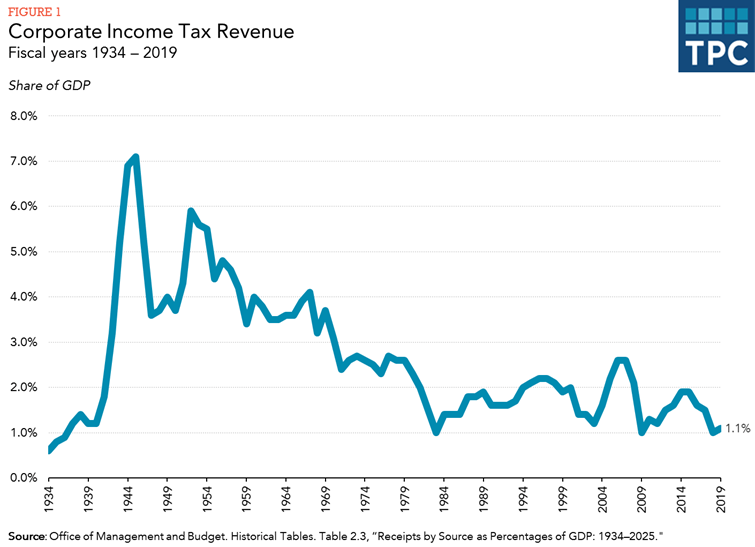The Clean Air Act of 1970 authorized the government to regulate air pollution.
The Inflation Reduction Act, which Joe Biden just signed into law, allocates more than $300 billion to energy and climate reform, including $30 billion in subsidies for manufacturers of solar panels and components, wind turbines, inverters, and batteries for electric vehicles and the power grid.
Notice the difference?
The Inflation Reduction Act is a large and important step toward slowing or reversing climate change. It also illustrates the nation’s shift away from regulating businesses to subsidizing businesses.
From 1932 through the late 1970s, the government mainly regulated businesses. This was the era of the alphabet soup of regulatory agencies begun under Franklin D. Roosevelt (the SEC, ICC, FCC, CAB, and so on), culminating in the EPA of 1970.
The government still regulates businesses, of course, but the biggest thing the federal government now does with businesses is subsidize them.
Consider Joe Biden’s biggest first-term accomplishments:
— the CHIPS and Science Act (with $52 billion of subsidies to semiconductor firms, plus another $24 billion in manufacturing tax credits);
— the Infrastructure Investment and Jobs Act ($550 billion of new spending on railroads, broadband, and the electric grid, among other things);
— and now the Inflation Reduction Act (including, as I noted, $30 billion specifically for solar and wind manufacturers).
This shift from regulation to subsidy isn’t just a central feature of the Biden administration. It has characterized every recent administration. Trump’s “Operation Warp Speed” delivered $10 billion of subsidies to Covid vaccine manufacturers. Obama’s Affordable Care Act subsidized the health care and pharmaceutical industries (indirectly, through massive subsidies to the purchasers of health care and pharmaceuticals). And Obama spent some $489 billion bailing out the financial industry (and, notably, never fully restored financial regulations that previous administrations had repealed), as well as GM and Chrysler.
Before the 1980s, America would have done all this differently. Instead of subsidizing broadband, semiconductors, energy companies, vaccine manufacturers, health care and pharmaceutical businesses, and the financial sector, we would have regulated them. Corporations would have had to produce public goods (or avoid the public “bads” like, say, pollution or a financial meltdown) as conditions for staying in business.
If this regulatory alternative seems far-fetched today, that’s because of how far we’ve come from the regulatory state of the 1930s to the 1970s, to the subsidy state beginning in the 1980s.
Why this big shift? Because of the change in the balance of power between large corporations and government. Today it’s politically difficult, if not impossible, for government to demand that corporations (and their shareholders) bear the costs of public goods.
For one thing, corporations now have more clout in Washington than any other political player. Spending by corporations on lobbying increased from $1.44 billion in 1999 to $3.77 billion in 2021 and is on track to exceed $4 billion this year, according to OpenSecrets.org, a nonprofit that tracks lobbying spending. Industries that have spent the most on lobbying and campaign contributions are those that have been engaged in the most dramatic shift from regulation to subsidy: the healthcare industry (which, between 1998 and June 2022 has spent $10.8 billion); finance ($10.2 billion); communications and electronics ($8.4 billion); and energy ($6.9 billion).
I saw this first-hand. Bill Clinton’s healthcare plan was blocked by the pharmaceutical and health care industries, which would have had to sacrifice some profits. By contrast, Obama got the Affordable Care Act by paying off these industries — all but guaranteeing them larger profits from a massive inflow of newly subsidized customers.
A second thing: This tidal wave of corporate money has occurred at the same time large American corporations have globalized, to the point where many are able to play off the United States against other nations — demanding government bribes in return for creating jobs and doing their cutting-edge research in America. The new CHIPS Act is a flagrant example of how powerful and highly-profitable semiconductor manufacturers, such as American-based Intel, can extract billions of dollars in a global shakedown for where they’ll make semiconductor chips.
Many of the subsidies now being handed out to corporate America come in the form of tax credits. (Note that in economic terms, a dollar of tax credit is exactly the same as a dollar of government spending.) These credits — plus the rising political power of corporations and their ability to play off countries against each other — explain the dramatic decline in corporate income tax revenue as a share of GDP over the last thirty years. (Not even the 15 percent minimum corporate tax built into the Inflation Reduction Act will substantially change this trajectory.)
All this is also reflected in the dramatic rise in stock prices relative to the median family’s income — a big reason why income and wealth inequality have soared.
[Data from Federal Reserve Bank of St. Louis. Historical S&P 500 and NASDAQ values from Yahoo Finance.]
In the 1980s, yours truly was involved in a national debate over what was called “industrial policy.” The question, put simply, was whether the government should subsidize certain industries that generate large social benefits in the form of new technologies. I argued that the government was already engaged in a hidden industrial policy, disguised, for example, as grants to the aerospace and telecom industries by the Department of Defense and to the pharmaceutical industry by the National Institutes of Health — and that it would be far better to do industrial policy in the open, so that the public could assess what it was paying for and getting in return. Opponents, which included just about every Republican, were indignant at the very idea that government ought to be “intruding” on their blessed free market.
How far we’ve come. Today’s subsidies are far larger, but industrial policy is no longer considered a dangerous idea. Republican Senator John Cornyn, in arguing recently for the CHIPS Act, was explicit in his support for it: “What we are doing is industrial policy unlike people of my free-market background have done before. It’s not that we are trying to become partners with companies. That would be the death knell of innovation. But they need some help.”
Large corporations really don’t need the government’s help. The three decades-long shift in power to them has transformed industrial policy into a system for bribing them to do the sorts of things government once demanded of them as the price for being part of the American system.















Share this post